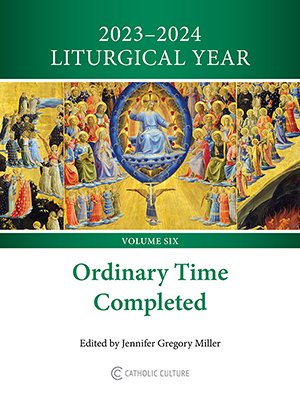Fathers of the Church
Letter CLXXI
by Theodoret in 433-434 | translated by Blomfield Jackson
Letter of Theodoret to John, bishop of Antioch, after the reconciliation.
God, who governs all things in wisdom, who provides for our unanimity, and cares for the salvation of His people, has caused us to be assembled together, and has shewn us that the views of all of us are in agreement with one another. We have assembled together, and read the Egyptian Letter; we have carefully examined its purport, and we have discovered that its contents are quite in accordance with our own statements, and entirely opposed to the Twelve Chapters, against which up to the present time we have continued to wage war, as being contrary to true religion. Their teaching was that God the Word was carnally made flesh; that there was an union of hypostasis, and that the combination in union was of nature, and that God the Word was the first-born from the dead. They forbade all distinction in the terms used of our Lord, and further contained other doctrines at variance with the seeds sown by the apostles, and outcome of heretical tares. The present script, however, is beautified by apostolic nobility of origin. For in it our Lord Jesus Christ is exhibited as perfect God and perfect man; it shews two natures, and the distinction between them; an unconfounded union, made not by mixture and compounding, but in a manner ineffable and divine, and distinctly preserving the properties of the natures; the impassibility and immortality of God the Word; the possibility and temporary surrender to death of the temple, and its resurrection by the power of the united God; that the holy Spirit is not of the Son, nor derives existence from the Son, but proceeds from the Father, and is properly stated to be of the Son, as being of one substance. Beholding this orthodoxy in the letter, we have hymned Him who heals our stammering tongues, and changes our discordant noises into the harmony of sweet music.
Taken from "The Early Church Fathers and Other Works" originally published by Wm. B. Eerdmans Pub. Co. in English in Edinburgh, Scotland, beginning in 1867. (NPNF II/III, Schaff and Wace). The digital version is by The Electronic Bible Society, P.O. Box 701356, Dallas, TX 75370, 214-407-WORD.






